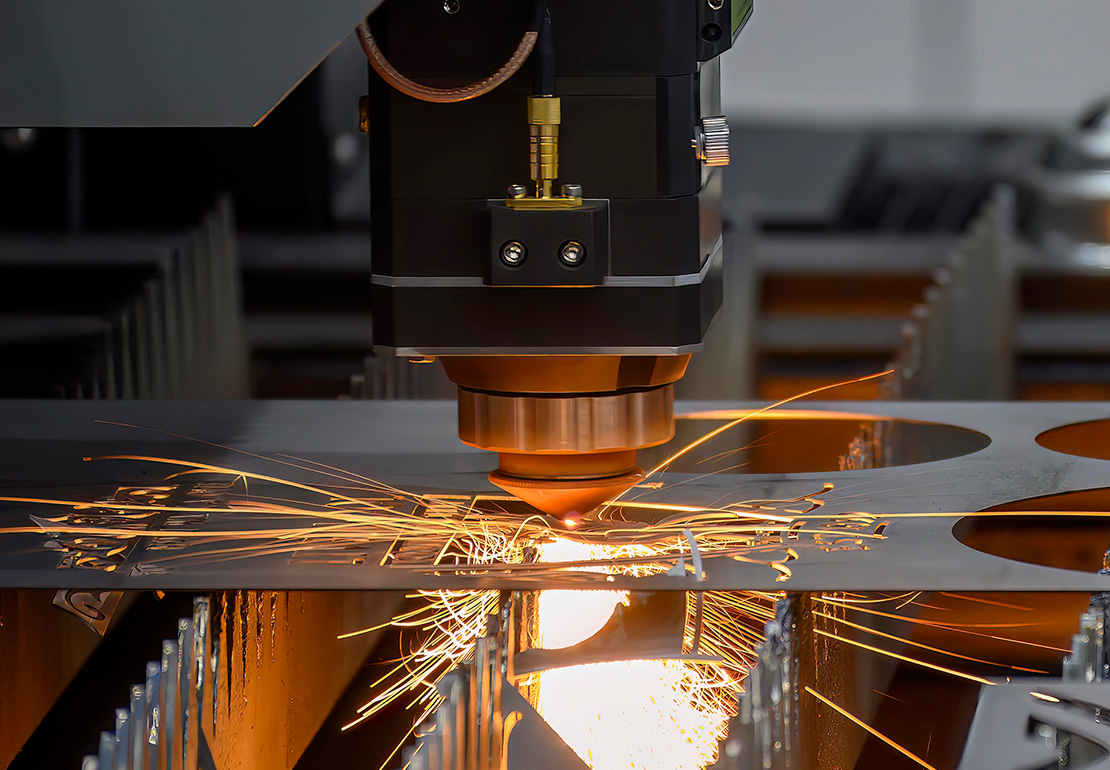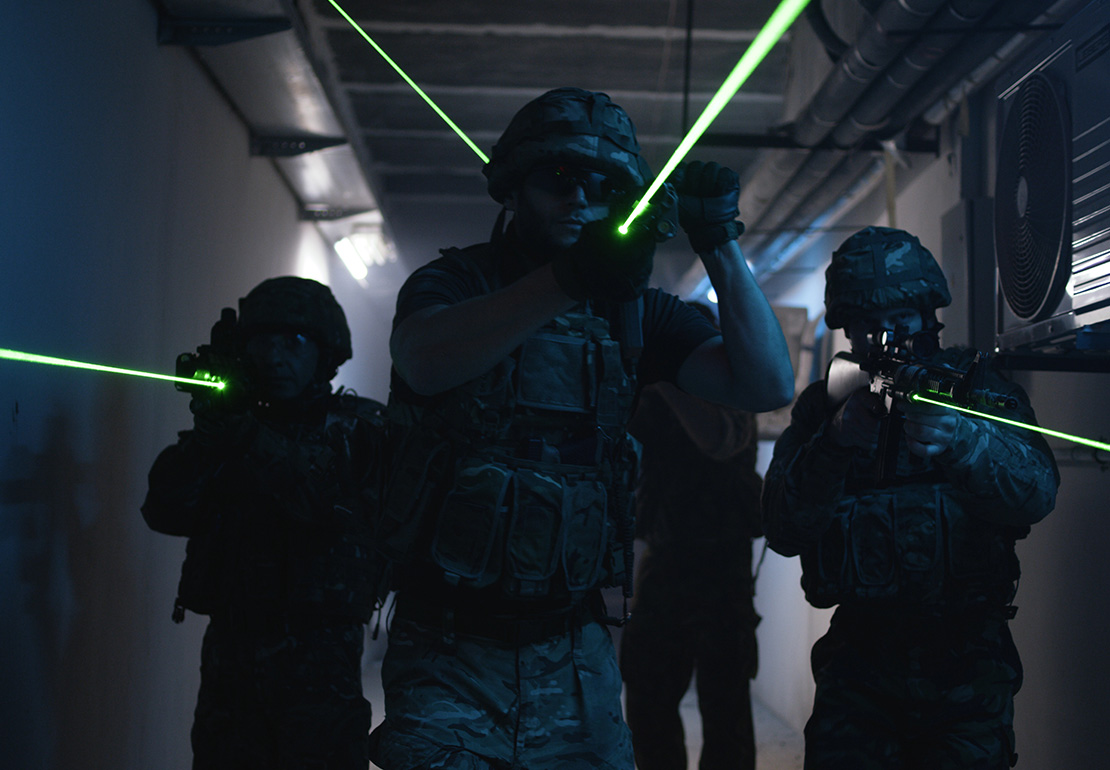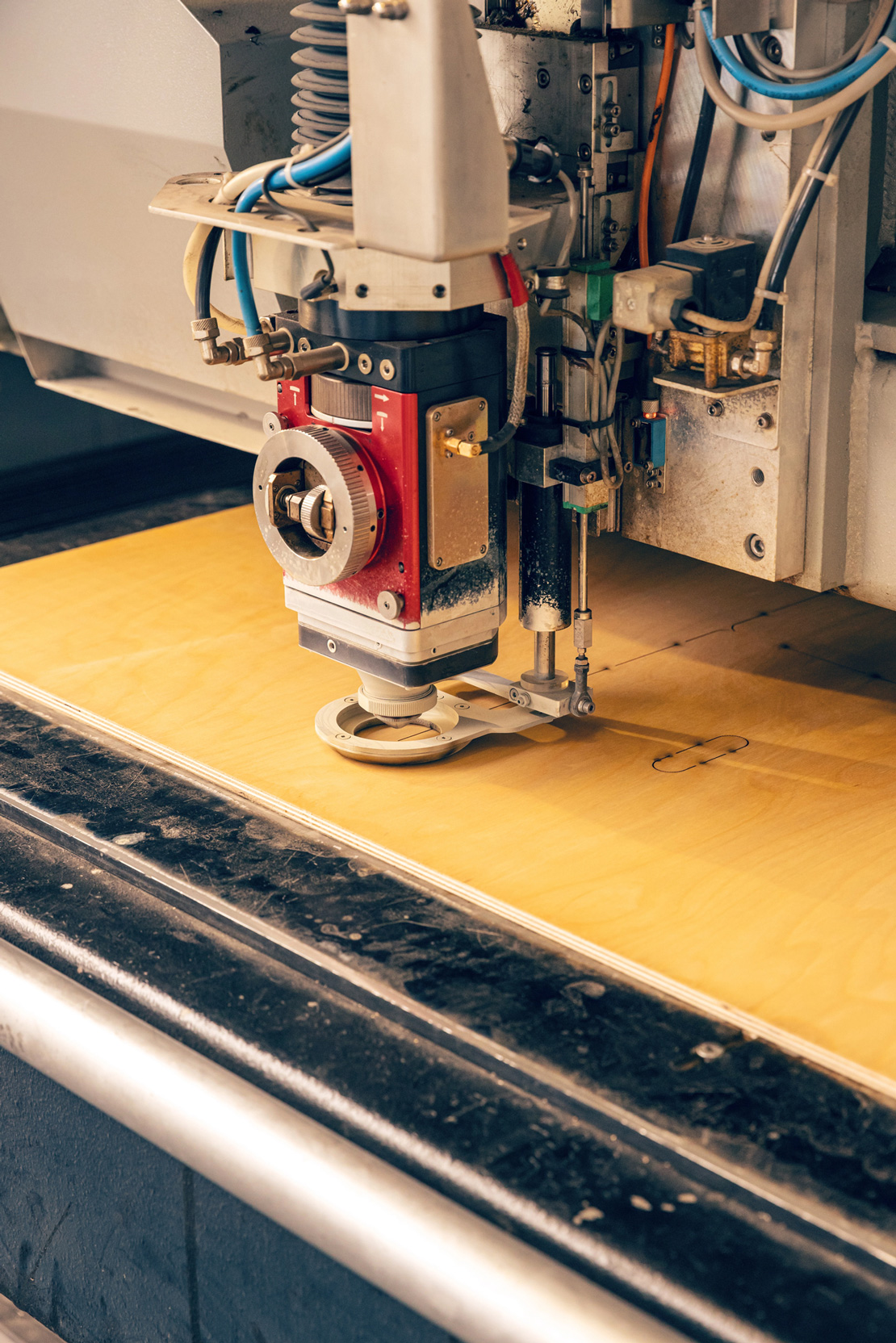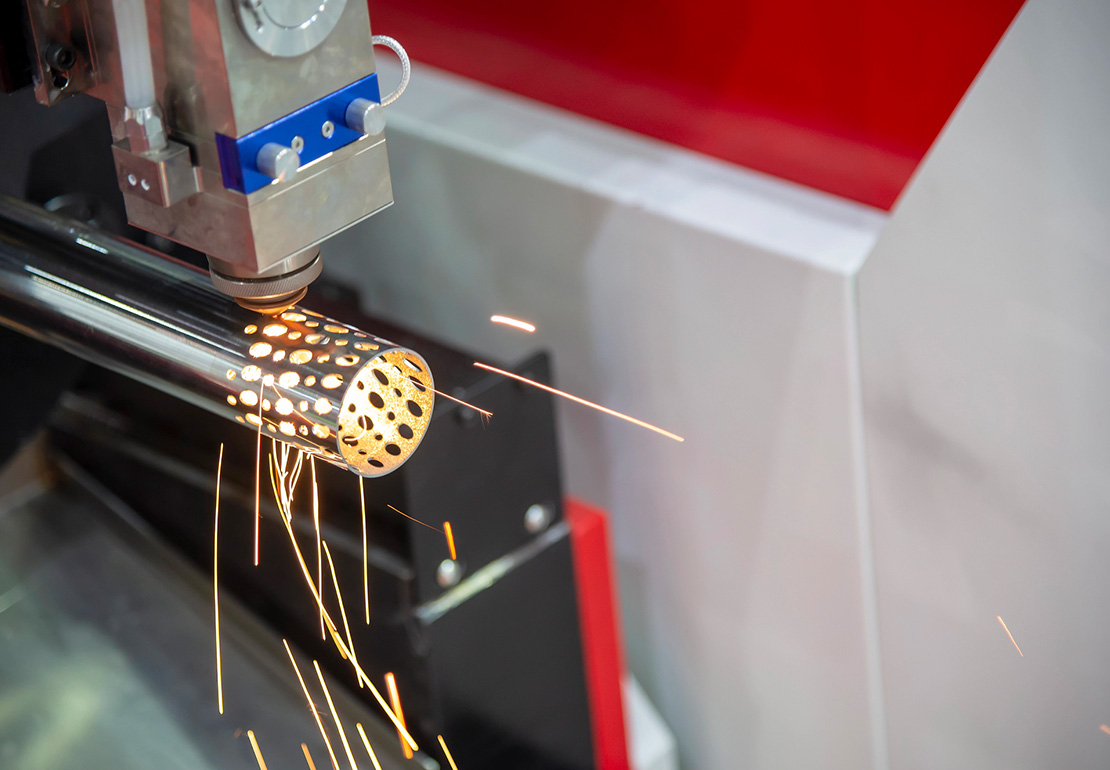How Does A Laser Shutter Driver Work? An Overview

Precision matters in every laser system. Timing can mean the difference between successful beam alignment and total system failure. That is why understanding how a laser shutter driver works can directly affect system reliability.
A laser shutter is only as good as the electronics behind it. The driver acts as the control unit that dictates when and how the shutter opens or closes. Without the right driver, speed, safety, and performance all suffer.
This post breaks down the mechanics behind laser shutter drivers and their role in managing beam exposure in both continuous and pulsed laser systems.
The Role of a Laser Shutter Driver
A laser shutter driver converts an external signal, often digital, into mechanical movement through an actuator. This actuator opens or closes the shutter blade to block or transmit a laser beam. The driver’s job is to translate timing instructions into consistent, accurate shutter motion. A reliable driver helps keep exposure windows tight and predictable.
For many OEM applications, drivers must react in under 10 milliseconds. In some setups, the requirement is tighter, demanding response times below 1 millisecond. These response times depend on both the mechanical shutter design and the driver’s ability to deliver controlled energy without delay.
What Triggers the Driver
Laser shutter drivers work based on trigger signals from external sources like microcontrollers, timing systems, or laser firing units. These inputs can be TTL signals, analog voltages, or digital pulses. Once received, the driver channels energy to the shutter’s actuator.
For example, in a flexure-based shutter, the driver activates a coil, creating a magnetic field. This field pulls or pushes a metal blade across the beam path. When the signal stops, the blade returns to its original position using spring force or a counterweight.
In systems using solenoids or voice coil actuators, the principle is similar. The driver must deliver the right current and timing to prevent misfires, overheating, or delays. That timing must stay stable even across long duty cycles.
Timing and Pulse Width Control
One key feature of a laser shutter driver is the ability to control pulse width, the duration the shutter stays open. In research and industrial environments, even 1–2 milliseconds can impact laser processing outcomes. A proper driver allows operators to set how long the shutter opens based on external commands.
This pulse width control also affects thermal load. The longer the shutter stays open, the more heat builds up inside the system. The driver helps regulate open-close cycles to avoid performance degradation.
Driving the Right Actuator
The driver also needs to match the actuator it powers. Not all shutters use the same mechanical method to move blades. Common actuator types include:
- CFLA (Compact Flexure Lever Actuator): Used in flexure shutter designs where precision and low vibration matter.
- N-CAS (Non-Contact Actuation System): A magnetic driver-actuator pairing that reduces wear and mechanical resistance.
- DSS (Direct Solenoid Shutter): Uses a plunger-style system for fast switching with fewer components.
Each actuator has a unique voltage, current, and switching requirement. A good driver delivers just enough energy to move the shutter without damaging components or creating electrical noise.
Features That Impact Performance
The best drivers are consistent. Here are some features that improve performance:
- Polarity protection: Prevents damage from reversed connections.
- Overcurrent protection: Limits energy spikes that can burn actuators.
- Timing accuracy: Keeps switching times stable across thousands of cycles.
- Low heat generation: Reduces thermal drift and system cooling load.
These features help the shutter stay consistent over time. This consistency reduces recalibration and extends the lifespan of both the shutter and the laser system.
Applications That Demand Precise Drivers
Laser shutter drivers support many industries where fast, accurate beam control is key. Examples include:
- Lidar systems that require fast cycling of laser pulses.
- Semiconductor processing, where even minor light leaks can damage wafers.
- Biotech imaging, where short exposure times protect sensitive samples.
- Materials testing, where shutter timing affects thermal load and beam impact.
In all these cases, the laser shutter is part of a larger system. The driver helps that system maintain repeatability, safety, and timing without error.
Check out our laser shutter driver solution to see how we support these high-performance use cases.
Let NM Laser Products, Inc. Support Your Next Build
NM Laser Products, Inc. designs and manufactures laser shutter drivers that work with precision electromechanical shutters across many industries. Our drivers support fast switching, stable timing, and flexible control inputs. We match each driver to the right actuator and test it under real-world loads.
If your system needs fast, reliable laser beam control, we are ready to help.


